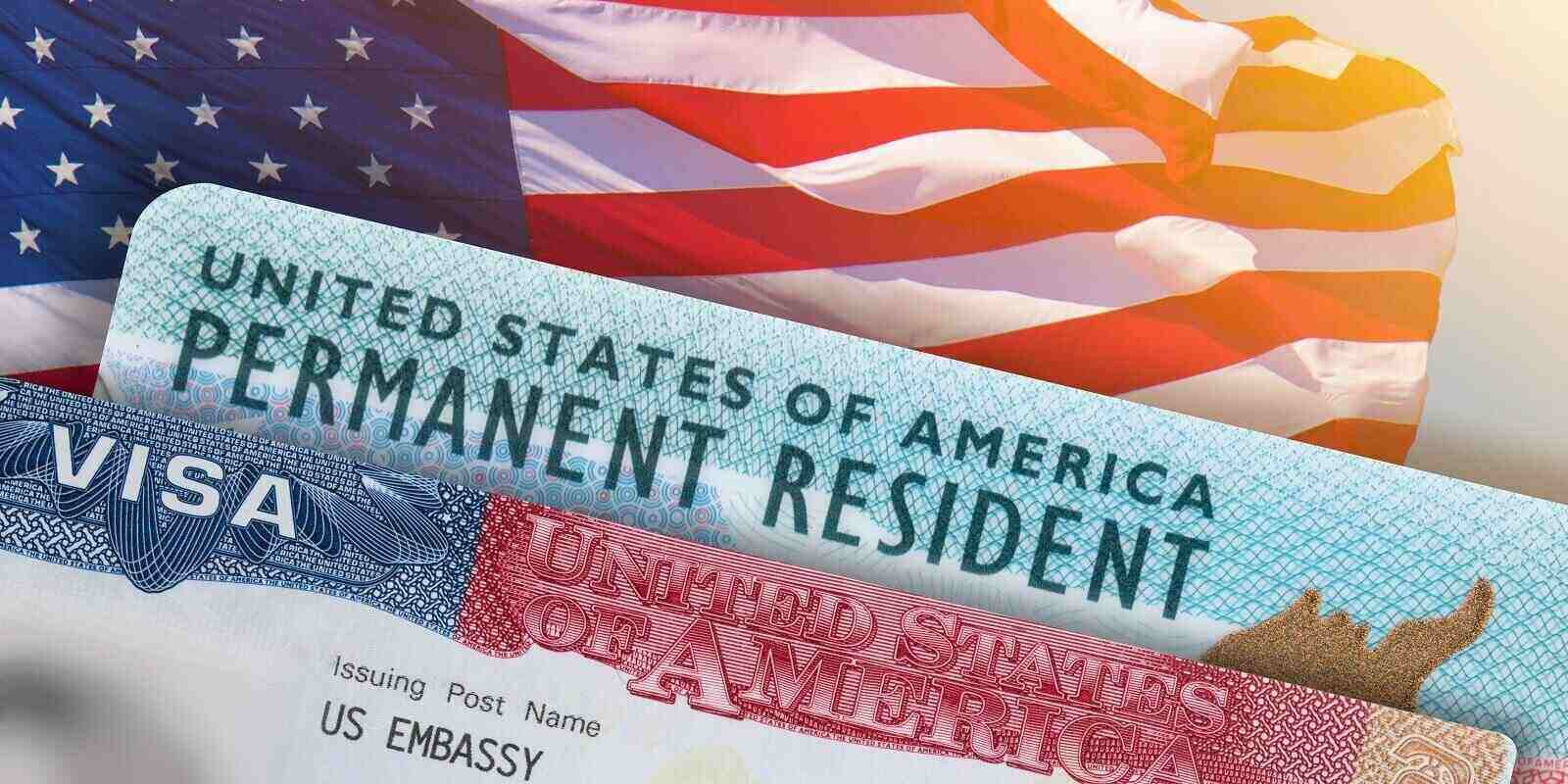The court’s decision on Monday has significant implications for both employers and international students in the United States. The ruling ensures that employers will continue to have access to a crucial source of high-skill early career talent, which they consider essential. Additionally, it maintains a pathway for these international students to stay in the US while they explore more long-term visa options.
The program in question, Optional Practical Training (OPT), allows F-1 student visa holders to work for up to 12 months in a job related to their field of study. This is invaluable for international students as it provides them with practical work experience that aligns with their education. However, the controversy arises from a 2008 extension that permits graduates in STEM (Science, Technology, Engineering, and Mathematics) fields to work for up to three years for a US employer on their student visa.

The plaintiffs, representing US tech workers, seek to eliminate this extension. They argue that it takes opportunities away from American workers and potentially depresses wages by allowing international graduates to work for extended periods on student visas. On the other hand, US colleges support the OPT program, viewing it as a crucial tool for attracting international students interested in gaining practical work experience. Employer groups also advocate for the program, emphasizing that it broadens the pool of available talent with critical skills.
In essence, the court’s decision upholds the current status quo, allowing international students in STEM fields to continue benefiting from the OPT extension. This decision preserves opportunities for these students to gain valuable work experience, while also ensuring that US employers have access to a talent pool with specialized skills. The controversy surrounding this issue highlights the ongoing debate over immigration policy and its impact on the domestic job market and the international student community.

Confira mais informações clicando aqui
A decisão do tribunal na segunda-feira tem implicações significativas tanto para os empregadores quanto para os estudantes internacionais nos Estados Unidos.
A decisão garante que os empregadores continuarão a ter acesso a uma fonte crucial de talentos de início de carreira de alta habilidade, que consideram essencial. Além disso, mantém uma via para que esses estudantes internacionais permaneçam nos EUA enquanto exploram opções de visto a longo prazo.
O programa em questão, Treinamento Prático Opcional (OPT), permite que titulares de visto de estudante F-1 trabalhem por até 12 meses em um emprego relacionado à sua área de estudo. Isso é inestimável para estudantes internacionais, pois lhes proporciona experiência prática de trabalho que está alinhada com sua educação. No entanto, a controvérsia surge de uma extensão de 2008 que permite que graduados em campos STEM (Ciência, Tecnologia, Engenharia e Matemática) trabalhem por até três anos para um empregador nos EUA com seu visto de estudante.
Os autores da ação, representando trabalhadores de tecnologia dos EUA, buscam eliminar essa extensão. Eles argumentam que isso retira oportunidades dos trabalhadores americanos e potencialmente deprime os salários, permitindo que graduados internacionais trabalhem por períodos prolongados com vistos de estudante. Por outro lado, as faculdades dos EUA apoiam o programa OPT, considerando-o uma ferramenta crucial para atrair estudantes internacionais interessados em adquirir experiência prática de trabalho. Grupos de empregadores também defendem o programa, enfatizando que ele amplia o pool de talentos disponíveis com habilidades críticas.
Em essência, a decisão do tribunal mantém o status quo atual, permitindo que estudantes internacionais em campos STEM continuem se beneficiando da extensão do OPT. Essa decisão preserva oportunidades para esses estudantes adquirirem experiência de trabalho valiosa, ao mesmo tempo, em que garante que os empregadores dos EUA tenham acesso a um pool de talentos com habilidades especializadas. A controvérsia em torno deste problema destaca o debate contínuo sobre a política de imigração e seu impacto no mercado de trabalho doméstico e na comunidade de estudantes internacionais.
#OPT #STEM #HIGH Skilled
LEGAL DISCLAIMER
The information provided on this post does not, and is not intended to, constitute legal advice; instead, all information, content, and materials available on my posts are for general informational purposes only.
Disclaimer: This article is for informational purposes only and should not be considered legal advice. It is highly recommended to seek the advice of an immigration lawyer before making any decisions.
The information provided herein does not, and is not intended to, constitute legal advice; instead, all information, content, and materials available on this site are for general informational purposes only.
Any and all information by or on this Site is provided for promotional or informational purposes only and is not to be relied upon as a professional opinion whatsoever. This includes all digital content, including but not exhaustive of, email, blog, podcasts, events, any and all social media ( inclusive of: Facebook and Instagram ), webinars and other content whether or not they are available for purchase, as resources or education and information only.
Readers of this post/article/video should contact their attorney to obtain advice with respect to any particular legal matter. No reader, user, or browser of this site should act or refrain from acting on the basis of information on this site without first seeking legal advice from counsel in the relevant jurisdiction.




























